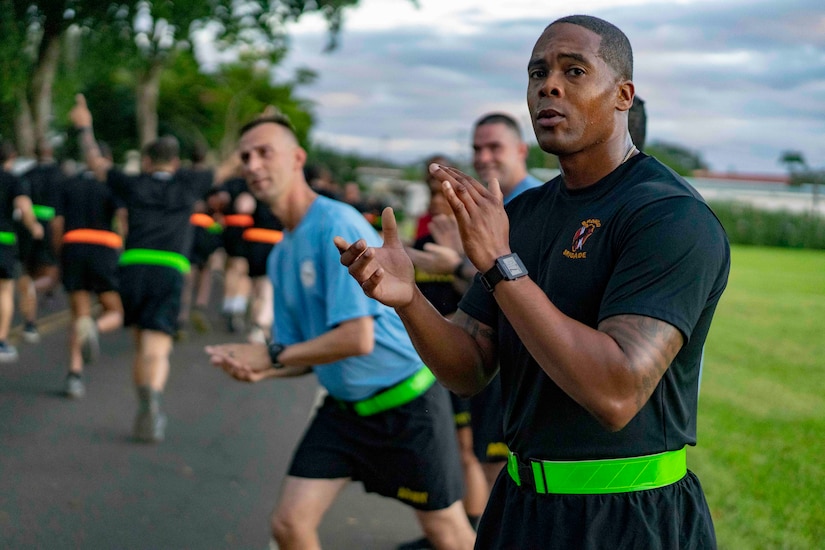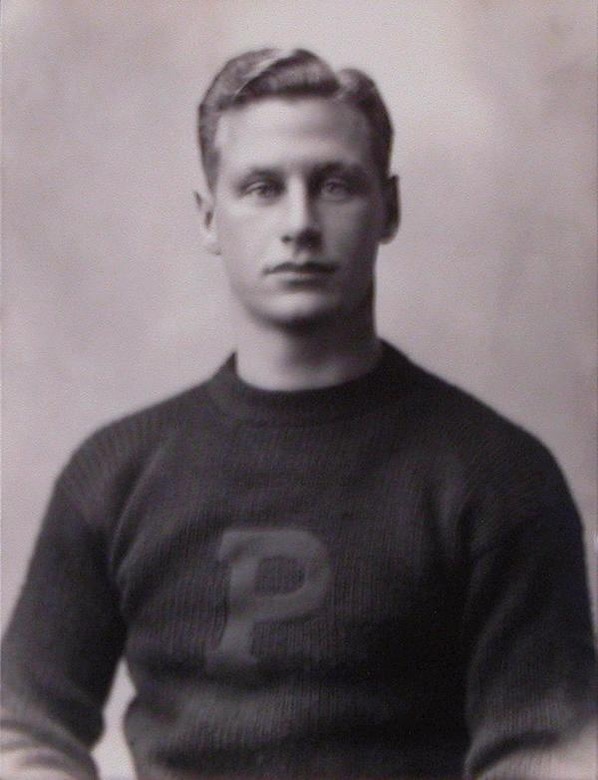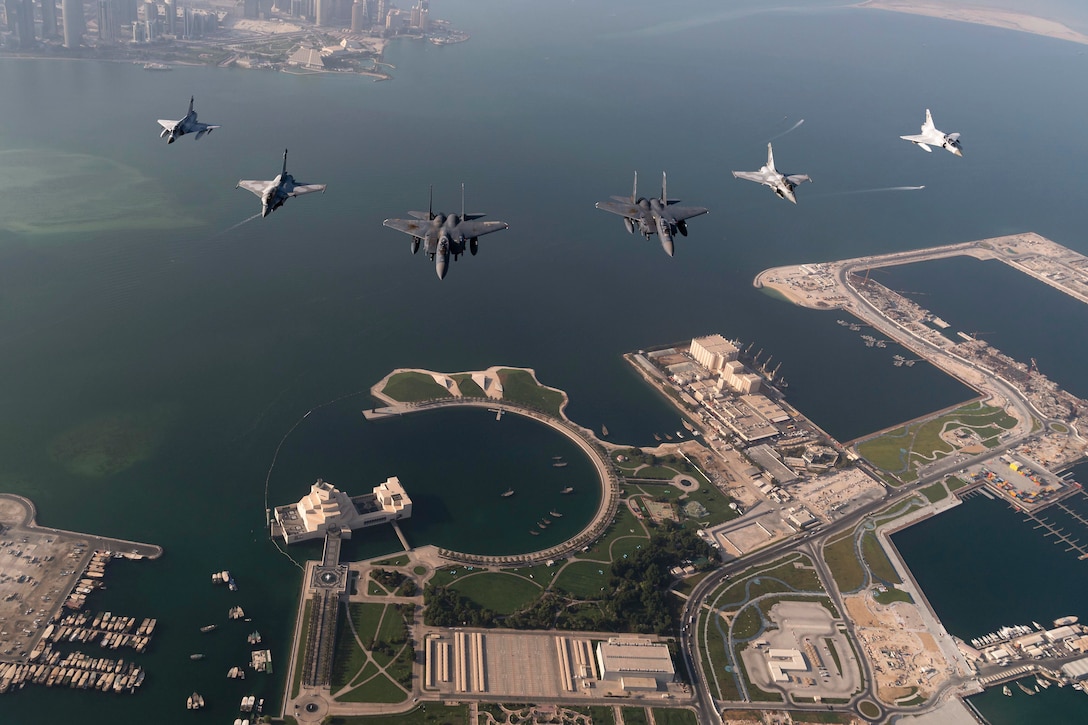Sept. 1, 2020
|
BY AIR FORCE AIRMAN 1ST CLASS MELODY BORDEAUX
With the flu season fast approaching and no approved
vaccine developed for COVID-19, supplies of life-saving measures such as
blood and plasma are being put under strain.
To help hold back the tide, the Defense Department has established a
goal of obtaining 10,000 units of donated COVID-19 convalescent plasma,
or CCP, by Sept. 30, 2020, to combat the potential rise in cases.
A patient that has recovered from COVID-19 can donate within two to
three weeks after recovery. Within this time frame, recovered patients
have a concentrated group of antibodies that can help critically ill
patients not producing enough antibodies on their own. Donating CCP
allows doctors to treat other infections caused by the virus, such as
pneumonia, while the antibodies strengthen the patient's immune system
and fight against COVID-19.
All service members and DOD civilians that meet these conditions can
help donate to the Armed Services Blood Bank Center. Each donation could
save as many as three lives.
''Do for somebody what they can't do for themselves,'' said Air Force
Staff Sgt. Kiersten Zardee, Armed Services Blood Bank Center
noncommissioned officer in charge of aphaeresis operations. ''Giving
antibodies saves lives.''
Even if a donor can't give plasma, they can still donate blood and
support the everyday mission to provide blood products directly to
military beneficiaries worldwide.
''Blood donated on military installations directly supports military
beneficiaries and warfighters,'' said Air Force Maj. Sherry McWaters,
director of the Armed Services Blood Bank Center. ''We really are asking
[donors] to choose us right now, to come on to the base, because we are
limited to only doing collections on federal property.''
While the prospect of donating plasma may seem daunting, especially
in the uncertain world we now find ourselves in, the team at the Armed
Services Blood Bank Center is happy to guide potential donors through
the process.
''It's a scary time, there are a lot of things that we don't know,
people have a lot of unanswered questions, but if you are nervous to
donate just give us a call,'' reassured Air Force Lt. Col. Jeff
Wisneski, commander of the 59th Medical Diagnostics and Therapeutics
Squadron. ''We'll answer questions that you have so that you're not
scared and that you're not nervous because at the end of the day we will
find an answer.''
Once a patient comes in for a screening they will receive a $25
incentive and staff will determine if the recovered patient has the
right amount of antibodies to donate. This incentive is only available
until Sept. 30, 2020.
Even if a patient does not qualify to donate CCP, they will still
receive the gift card and can still donate blood to support mission
readiness, military beneficiaries and military treatment facilities
around the world.
The process to donate CCP takes about 45 minutes to an hour, and they
provide patients with snacks, a movie, seat warmer, pillow and blankets
to relax.
When a patient donates, the automated blood collection machine
separates the plasma from the blood cells and then returns the red blood
cells rich in oxygen to the patient, significantly reducing fatigue
while still providing the most plasma, and antibodies, possible.
Many people have been affected by COVID-19 either personally or
through the experience of their loved ones. Those who recover have the
opportunity to help save someone else's life.
''Our donor center values the success of this CCP mission,'' McWaters
said. ''We truly appreciate everyone who has and who will schedule an
appointment to help our nation overcome this pandemic.''
(Air Force Airman 1st Class Melody Bordeaux is assigned to the 59th Medical Wing).


























